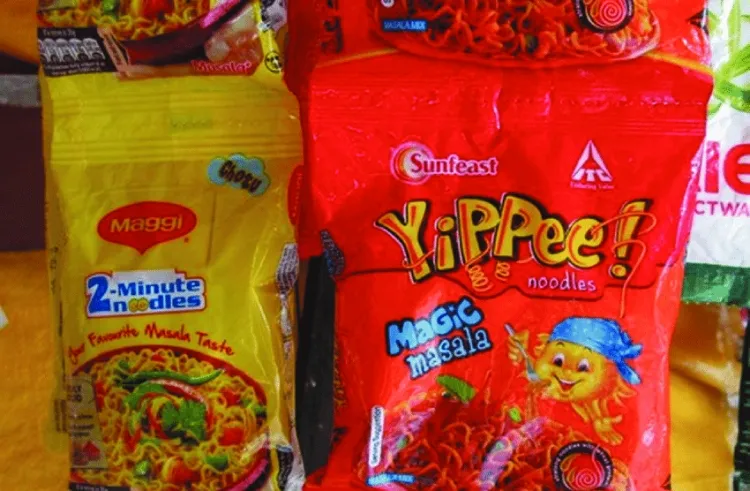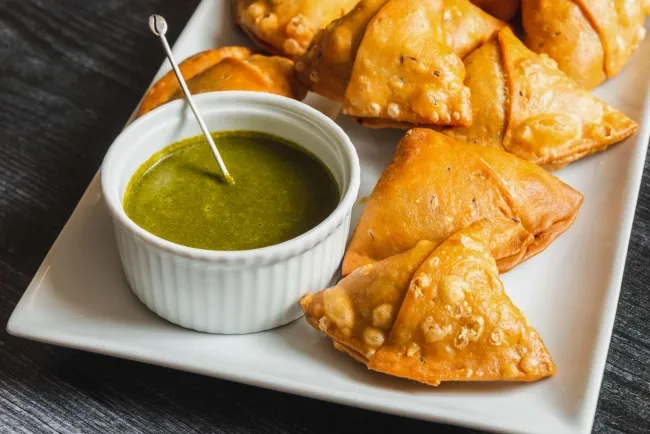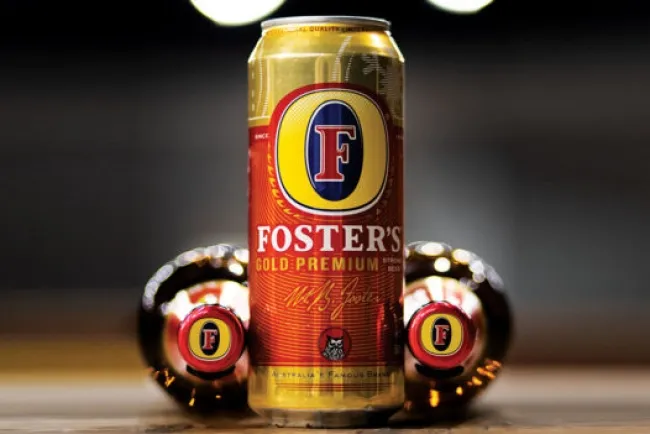Production Processes of Maggi and Yippee Noodles: A Detailed Overview...!!!
Both Maggi and Yippee noodles follow similar production processes, ensuring high-quality, flavorful, and shelf-stable instant noodles. The key steps include mixing, sheeting, cutting, steaming, drying, frying, and packaging.

Production Process of Maggi Noodles
-
Mixing Ingredients: The production starts by mixing the primary ingredients, which include wheat flour, water, and edible vegetable oils. These ingredients are combined in a mixer to create a dough with the right consistency.
-
Sheeting: The dough is then passed through a series of rollers to form a thin, flat sheet, ensuring uniform thickness and texture.
-
Cutting: The thin sheet is cut into noodle strands using specialized cutting machines. These noodles are typically long, thin strands and are cut to the desired shape and size.
-
Steaming: The cut noodles are steamed to partially cook them and remove excess moisture. This step helps preserve the texture and flavor of the noodles.
-
Drying: After steaming, the noodles are dried using hot air dryers. This process further reduces the moisture content, making the noodles shelf-stable.
-
Frying: The dried noodles are then fried to achieve their characteristic texture and flavor. Frying also helps extend the shelf life of the noodles.
-
Packaging: Finally, the fried noodles are packaged in airtight packets along with the flavoring sachets and other ingredients. The packaging ensures the noodles remain fresh and flavorful until they are consumed.
Production Process of Yippee Noodles
-
Mixing Ingredients: Similar to Maggi, the production of Yippee noodles starts by mixing the primary ingredients, which include wheat flour, water, and edible vegetable oils. The dough is prepared to achieve the right consistency.
-
Sheeting: The dough is then passed through rollers to form a thin, flat sheet, ensuring uniform thickness and texture.
-
Cutting: The thin sheet is cut into noodle strands using specialized cutting machines. The noodles are cut to the desired shape and size.
-
Steaming: The cut noodles are steamed to partially cook them and remove excess moisture. This step helps maintain the texture and flavor of the noodles.
-
Drying: After steaming, the noodles are dried using hot air dryers. This process further reduces the moisture content, making the noodles shelf-stable.
-
Frying: The dried noodles are then fried to achieve their characteristic texture and flavor. Frying also helps extend the shelf life of the noodles.
-
Packaging: Finally, the fried noodles are packaged in airtight packets along with the flavoring sachets and other ingredients. The packaging ensures the noodles remain fresh and flavorful until they are consumed.
Both Maggi and Yippee noodles follow similar production processes, ensuring high-quality, flavorful, and shelf-stable instant noodles. The key steps include mixing, sheeting, cutting, steaming, drying, frying, and packaging.
What's Your Reaction?


















